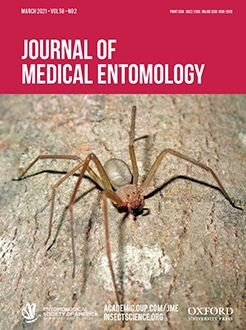Aedes (Stegomyia) aegypti (Linnaeus, 1762) is a mosquito species of significant medical importance. The use of this vector in research studies usually requires a large number of mosquitoes as well as rearing and maintenance in a laboratory-controlled environment. However, laboratory conditions may be different from field environments, presenting stressful challenges such as low food concentration, especially during larval stages, which may, in turn, impair vector biology. Therefore, we tested herein if larval food availability (0.004, 0.009, 0.020, and 0.070% diets) would affect overall adult insect fitness. We observed slower development in mosquitoes fed a 0.004% diet 15 d post-eclosion (DPE) and shorter mean time in mosquitoes fed a 0.020% diet (7 DPE). Larval diet and adult mosquito weight were positively correlated, and heavier females fed higher larval diets exhibited greater blood feeding capacity and oviposition. In addition, larval diet concentrations led to median adult lifespan variations (male/female in days—0.004%: 30 ± 1.41, 45 ± 1.3; 0.009%: 31.5 ± 1.33, 41 ± 1.43; 0.020%: 26 ± 1.18, 41 ± 1.45; 0.070%: 29 ± 1.07, 44 ± 1.34), reduced tolerance to deltamethrin (1 mg/m2) and changes in detoxification enzyme activities. Moreover, in the larval 0.070% diet, females presented higher Zika susceptibility (plaque-forming unit [PFU]: 1.218 × 106) compared with other diets (0.004%: 1.31 × 105; 0.009%: 2.0 × 105; 0.020%: 1.25 × 105 PFU). Altogether, our study demonstrates that larval diet restriction results not only in larval developmental arrest but also in adult fitness impairment, which must be considered in future assessments.
Graphical Abstract






